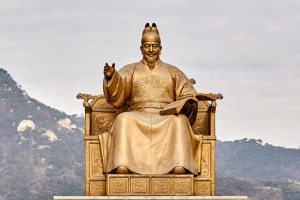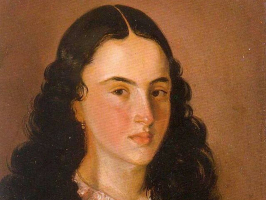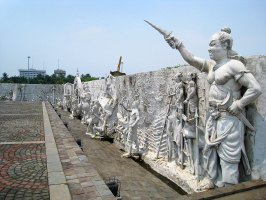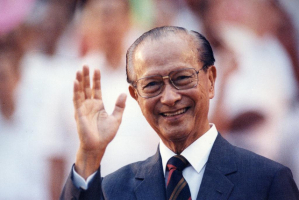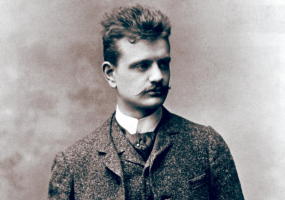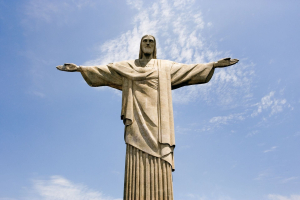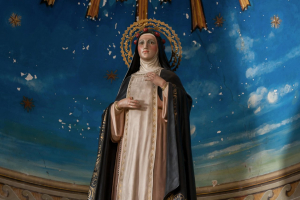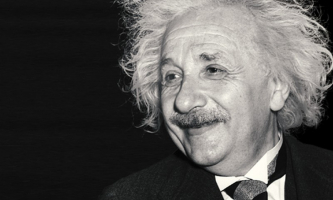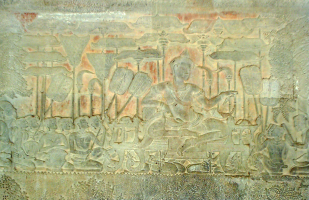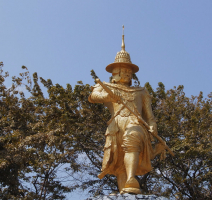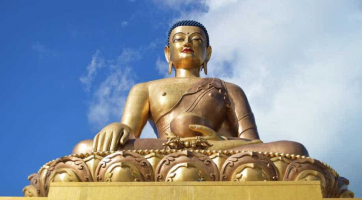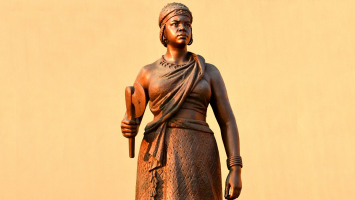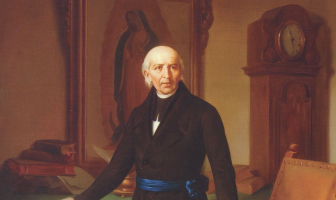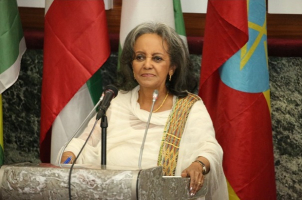Top 4 Most Important Historical Figures In Bhutan
Bhutan, officially known as the Kingdom of Bhutan, is a landlocked country in Southern Asia located between China and India in the Eastern Himalayas. It is a ... read more...mountainous region. Bhutan is known as the "Land of the Thunder Dragon," or "Druk Yul." Bhutan is a constitutional monarchy and the state religion is Vajrayana Buddhism. Here are the 5 most important historical figures in Bhutan you should know. Look at the list to discover a little more information about them.
-
One of the most important historical figures in Bhutan is Ugyen Wangchuck. Ugyen Wangchuck (11 June 1862 – 26 August 1926) served as Bhutan's first Druk Gyalpo from 1907 to 1926. Ugyen Wangchuck was born at Wangducholing Palace in Bumthang in 1862 and died in Thinley Rabten Palace in Phodrang in 1926. Both of these locations are in Bumthang's "Choekhor" valley. King Ugyen Wangchuck was a visionary and strategist. He was also a devout Buddhist, particularly during his later years.
During his lifetime, he worked to unite the young country and acquire the people's trust. Bhutan has been ruled by 54 successive Druk Desis for 256 years before establishing a Buddhist monarchy. Ugyen Wangchuck established the monarchy in 1907, though he had been the actual king for about a decade. In British archives, he is known as the 12th Trongsa Penlop, or Bhutan's king.
Trongsa Penlop Ugyen Wangchuck was crowned as the first hereditary King of Bhutan on December 17, 1907, in Punakha Dzong, by representatives of the people, authorities, and church. On that day, a formal document establishing the monarchy was attested using signet rings and thumbprints. Sir Claude White (1853-1918), a British political officer, represented the British government during the enthronement event. Since that time, the 17th of December has been designated as Bhutan's National Day (Gyalyong Duechen).
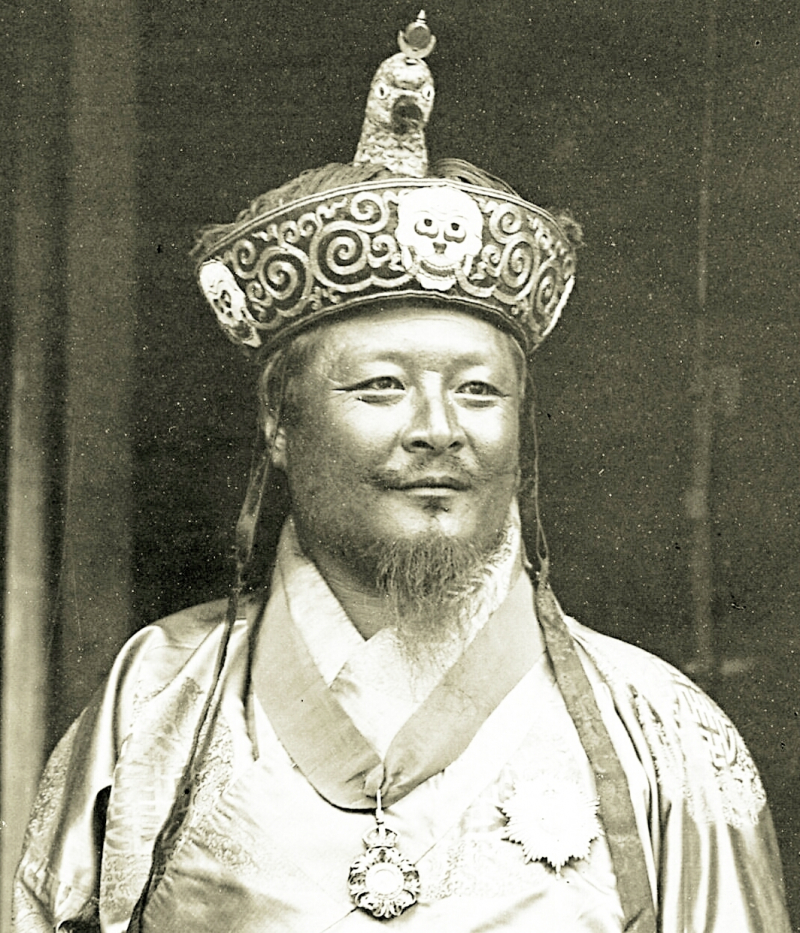
vi.m.wikipedia.org 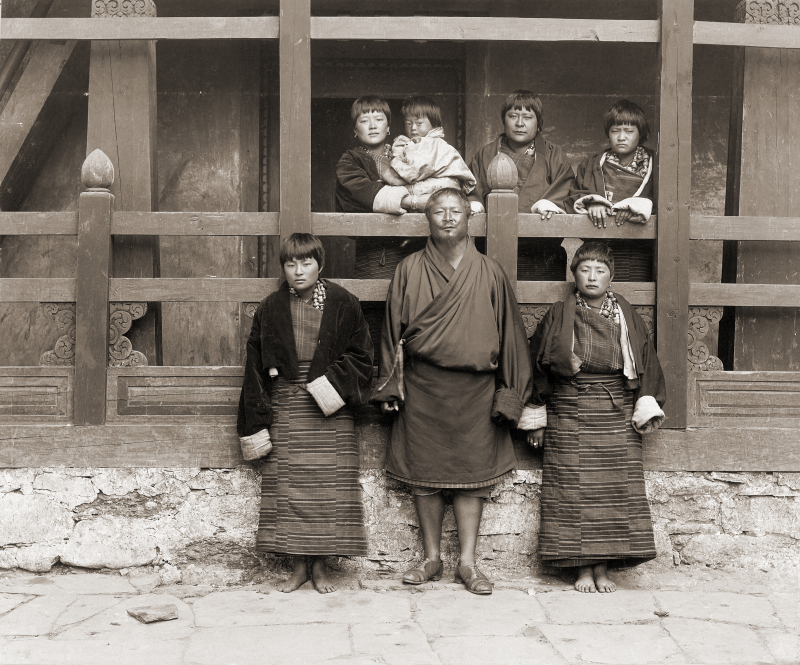
Sir Ugyen Wangchuck and his family, 1905 -commons.wikimedia.org -
Jigme Dorji Wangchuck (2 May 1928 – 21 July 1972) was Bhutan's third Druk Gyalpo. He began to expose Bhutan to the outside world, modernize the country, and take the initial steps toward democratization. The fundamental reorientation of Bhutanese society began during his 20-year reign, which concluded in July 1972. Wangchuck not only reorganized society and administration but also solidified Bhutan's sovereignty and security. As an aid, he mobilized resources from international donors. Wangchuck's objective was to diversify aid sources by cultivating partnerships with other countries. Bhutan joined the Colombo Plan in 1962 in order to seek international assistance. However, India quickly emerged as the primary supplier of financial and technical aid. He was a skilled and foresighted planner in that he modernized Bhutan without upsetting its culture and traditions. Wangchuck utilized contemporary tactics and approaches to conserve and enhance Bhutanese culture while also introducing Western science and technology. In this region of the world, he was a pioneer among environmentalists. The Manas Sanctuary, founded in 1966, was one of the region's first.
Wangchuck inaugurated Bhutan's National Assembly in Punakha Dzong in 1953. Following the establishment of the National Assembly in 1953, the king authored and created a series of progressive laws for the Kingdom. The King issued a comprehensive collection of regulations covering key aspects of Bhutanese life such as land, cattle, marriage, inheritance, and so on. Wangchuck chose to establish the judiciary, first with the appointment of Thrimpons (judges) in districts, and then with the establishment of the High Court in 1968. Prior to any economic modernization projects, these administrative and social reforms were implemented. In 1955, he accelerated the transition from commodities to cash taxes by evaluating land for cash taxation. Although cash taxes were modest, shifting from commodity taxes to cash taxes was a bold move at the time. Aside from better legislation and tax changes, the Royal Bhutan Army was fully founded in 1963. Furthermore, all officials' entitlements were converted from commodities to cash, and new designations were assigned. In 1968, Wangchuck formed new Ministries.
The king devoted significant governmental focus to safeguarding Bhutanese culture in order for Bhutan to continue as a culturally separate nation, particularly with a vibrant Buddhist culture. He commissioned Buddhist monuments such as a big Buddha statue near Thimphu's parliament building, as well as lavish reproductions of Buddhist books such as the Kangyur and Tengyur.
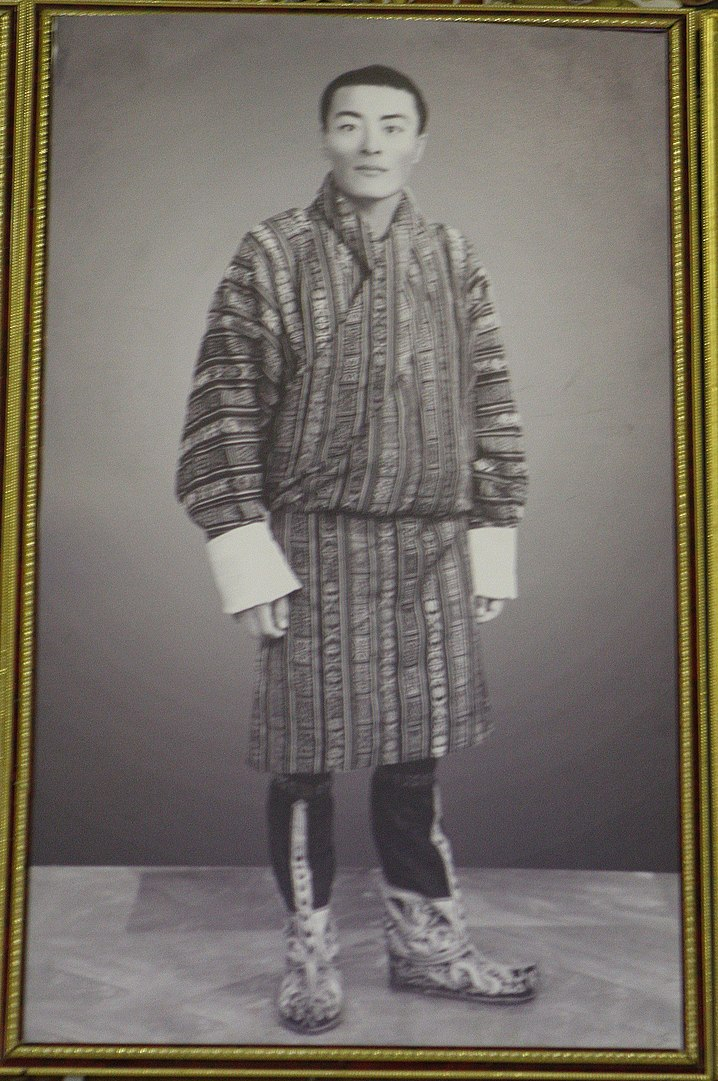
en.wikipedia.org 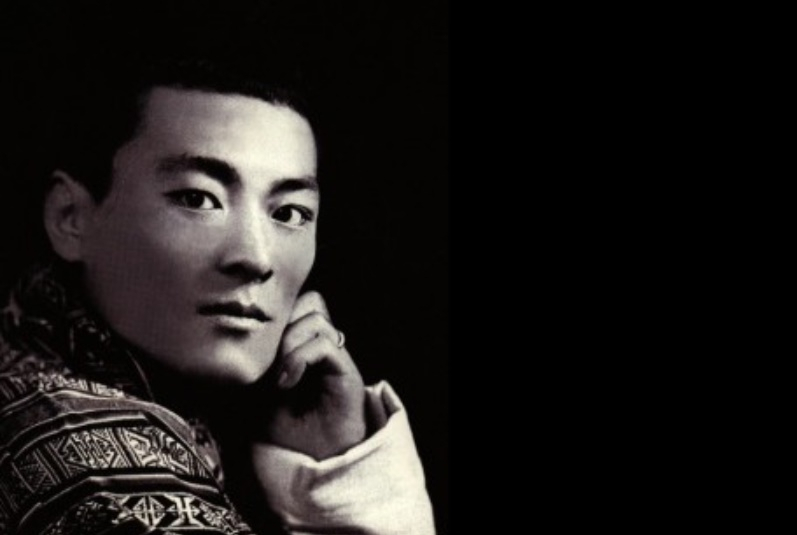
khyentsefoundation.org -
One of the most important historical figures in Bhutan is Jigme Singye Wangchuck. Jigme Singye Wangchuck (born November 11, 1955) is a member of the House of Wangchuck and the former King of Bhutan (Druk Gyalpo) from 1972 until his abdication in 2006 in favor of his eldest son, Jigme Khesar Namgyel Wangchuck. During his reign, he advocated for the implementation of a Gross National Happiness index rather than GDP to assess citizens' well-being.
In 1986, King Jigme Singye issued a Kasho (royal decree) directing the Planning Commission to guarantee that "the basis for the evaluation of the achievements of the Sixth Plan is to see whether the people enjoy happiness and comfort". The social and economic indicators point to subordinate aims rather than ultimate goals that were to be examined holistically, in terms of GNH. Happiness and happiness were elevated to the pinnacle of success.
The country worked hard to keep important local languages, knowledge, beliefs, customs, skills, trades, and institutions alive. Bhutanese society stayed unified as a result of the Fourth King's promotion of cultural identities. Wangchuck underlined the unique features of Bhutanese traditions. Wangchuck claimed that the "distinctive identity of our country," not the nation's "wealth, weapons, and armed forces," is an important instrument in safeguarding the nation's sovereignty. During Wangchuck's 34-year reign, the ten traditional cultural sciences were given high attention. Wangchuck valued both the intangible and the tangible parts of Bhutanese culture.
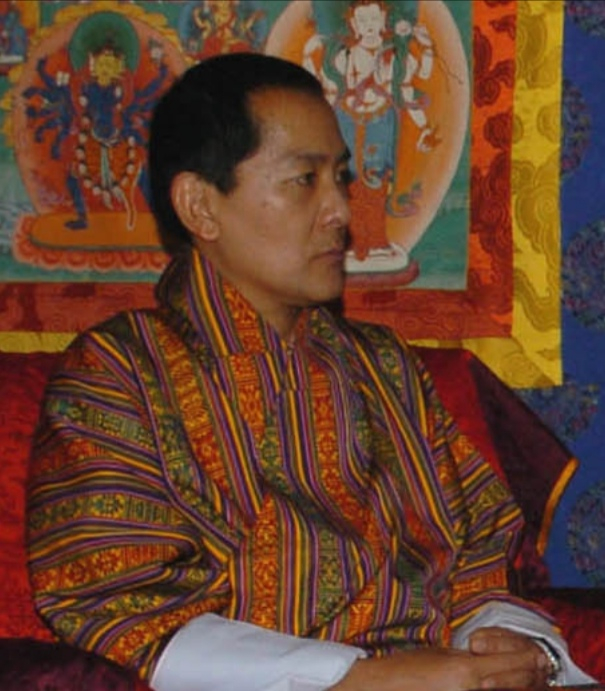
en.wikipedia.org 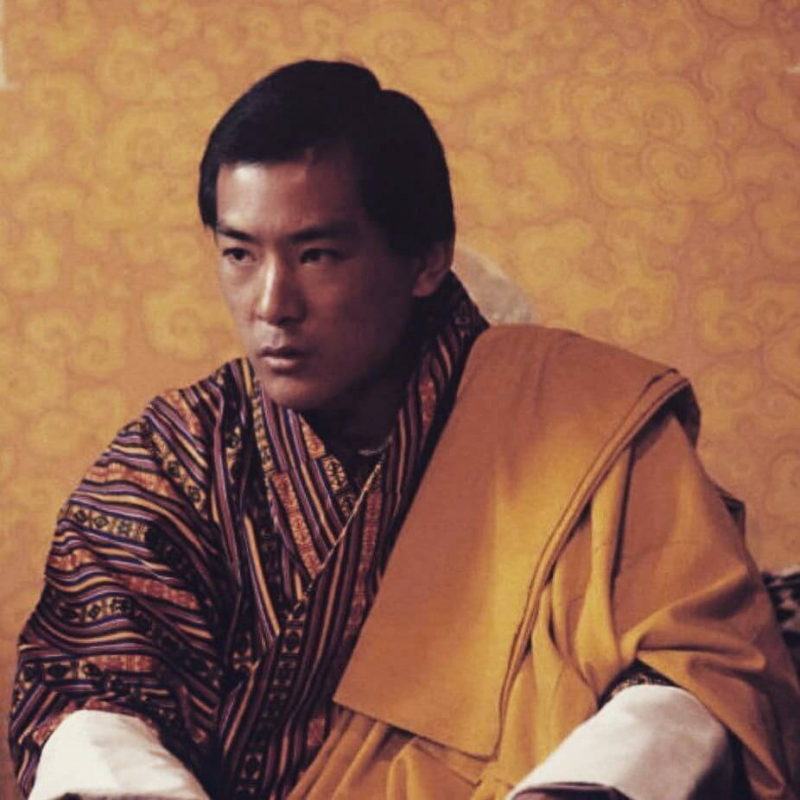
offtracktravel.vn -
One of the most important historical figures in Bhutan is Jigme Khesar Namgyel Wangchuck. Jigme Khesar Namgyel Wangchuck (born February 21, 1980) is the Druk Gyalpo, or "Dragon King," of Bhutan. On December 9, 2006, he became the monarch after his father, Jigme Singye Wangchuck, abdicated the throne in his favor. On November 6, 2008, Bhutan celebrated its 100th year of the monarchy with a public coronation ceremony.
In December 2005, King Jigme Singye Wangchuck announced his intention to abdicate in favor of his son in 2008, and that he would begin handing over authority to him immediately. On 9 December 2006, the former King issued a Royal Edict announcing his abdication and transferring the throne to Jigme Khesar Namgyel Wangchuck, who was officially crowned on 6 November 2008 in Punakha.
The youthful king began his reign by presiding over the last meetings of the parliament, during which electoral laws, land reform, and other vital matters were considered. He stated that it was the responsibility of this generation of Bhutanese to ensure democracy's success. He went extensively to explain and discuss Bhutan's Draft Constitution with the people, as well as to urge participation in future democratic activities. He continues to make such visits, speaking primarily to young people on the need for Bhutanese to strive for higher standards in education, business, and civil service, as well as the necessity for people from a small country to work harder than those from larger countries.
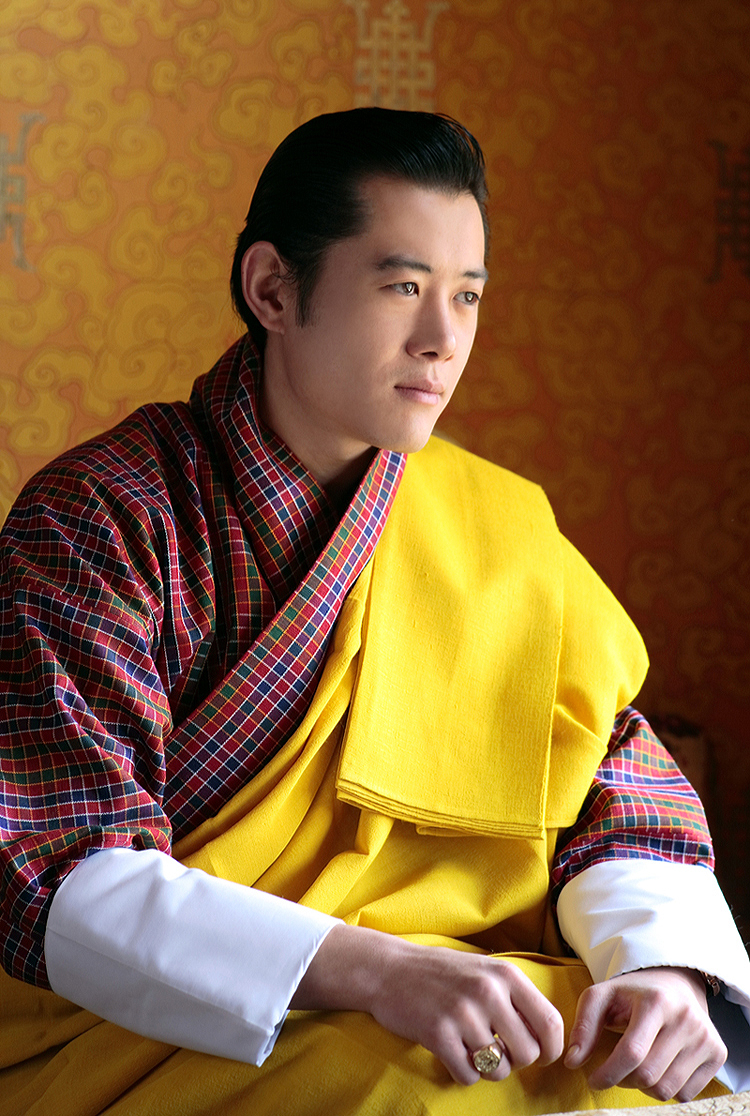
en.wikipedia.org 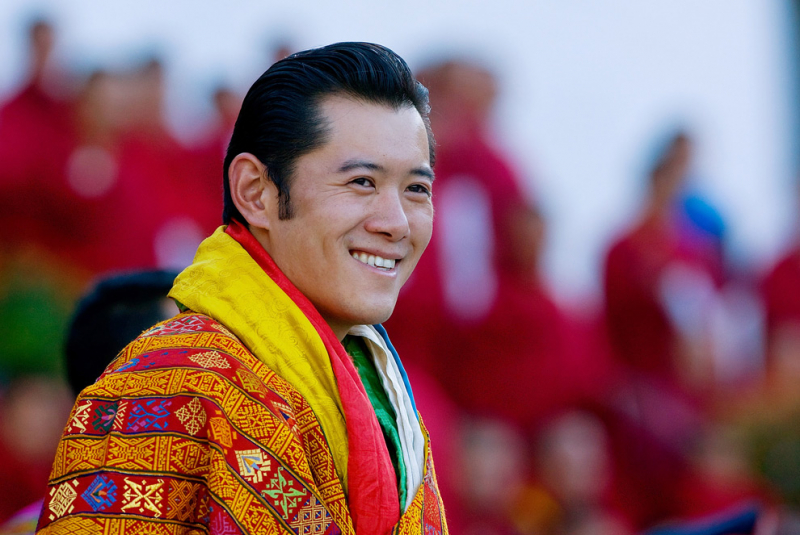
boston.com








